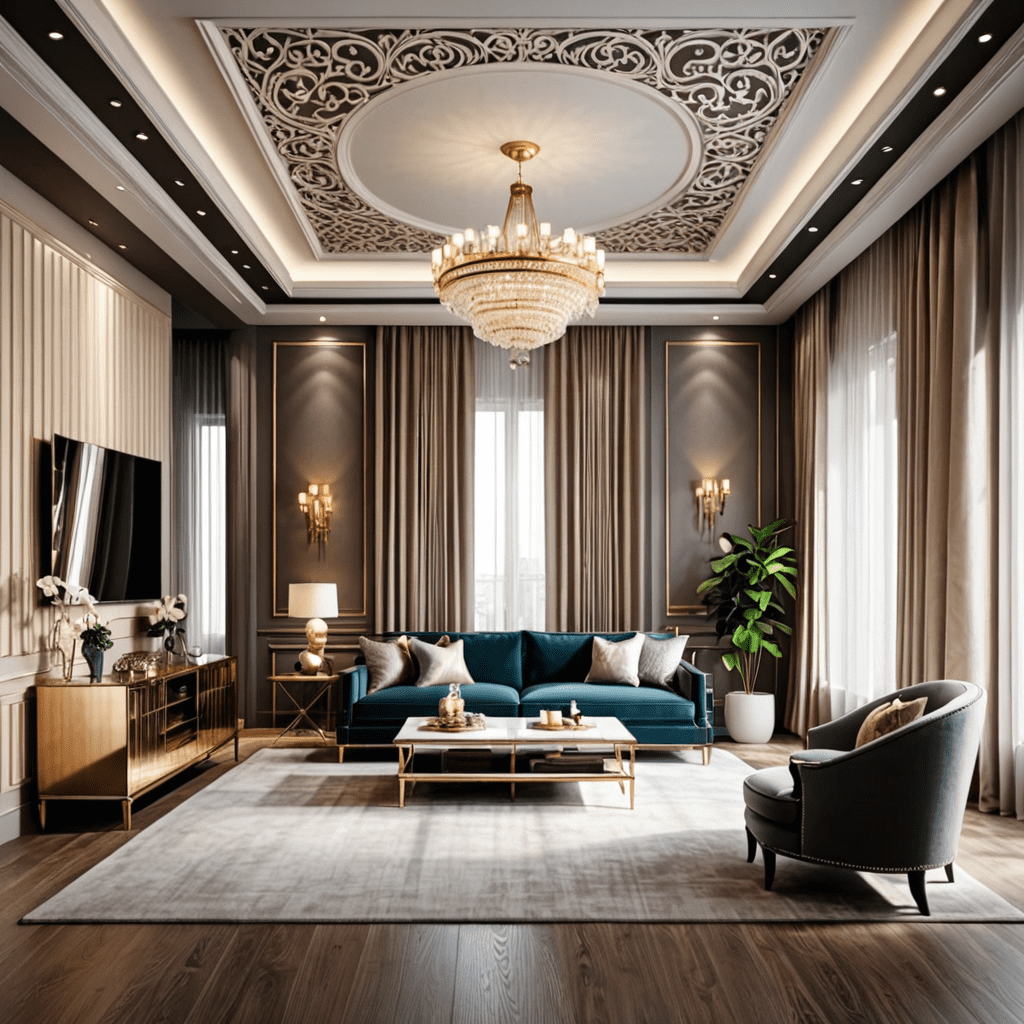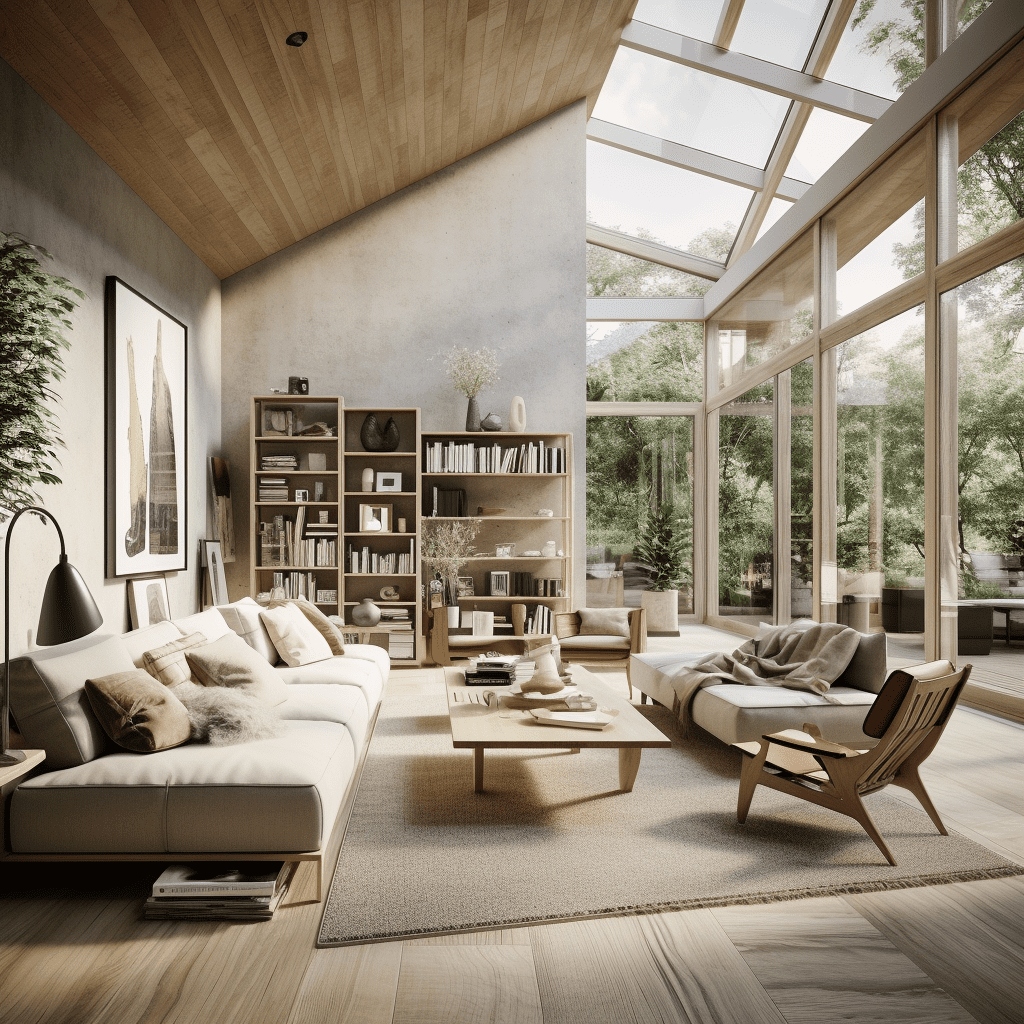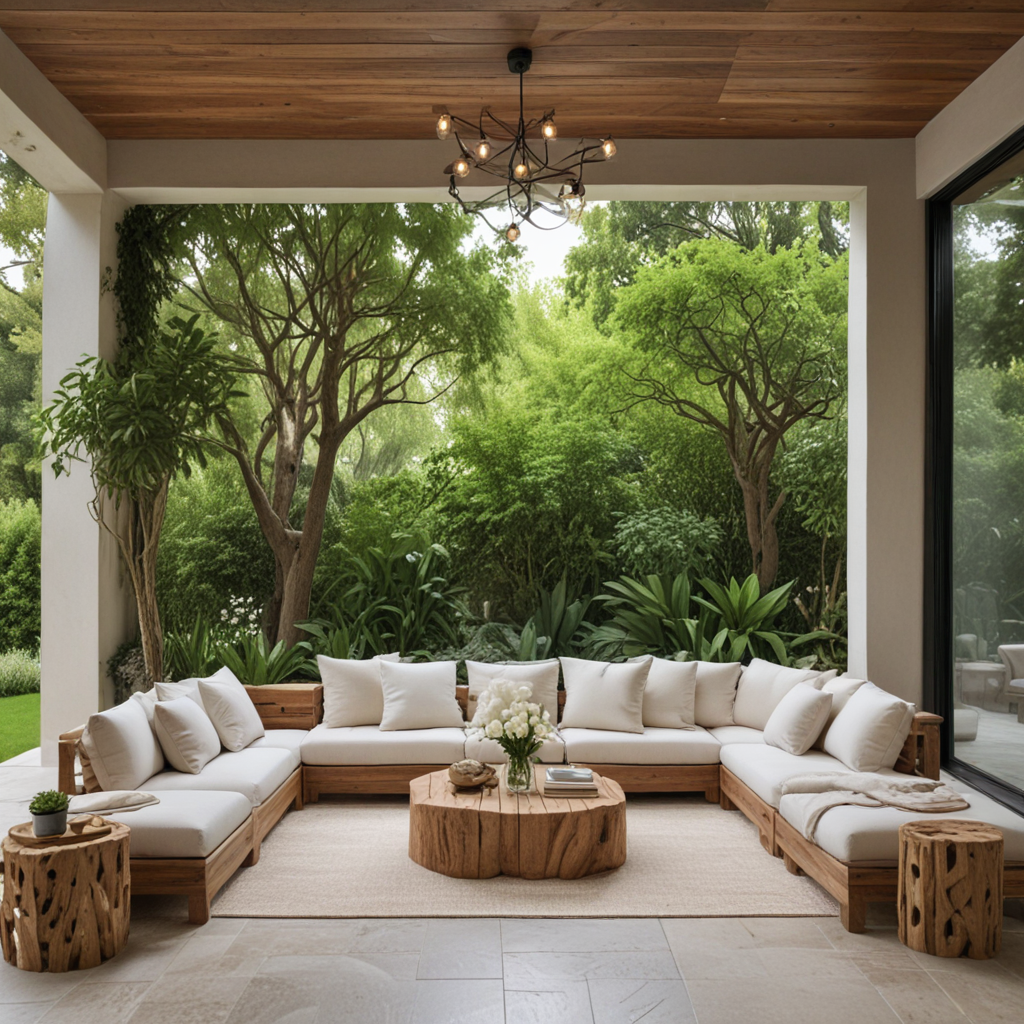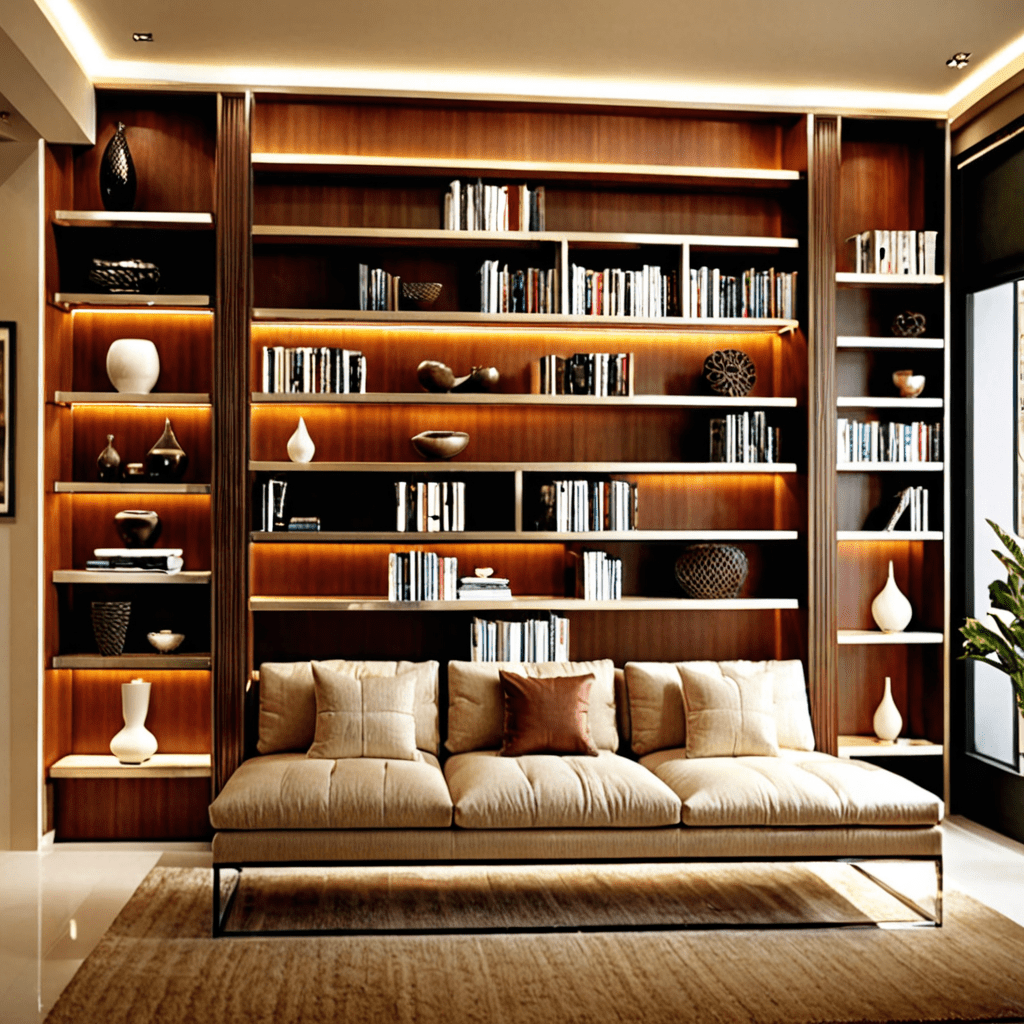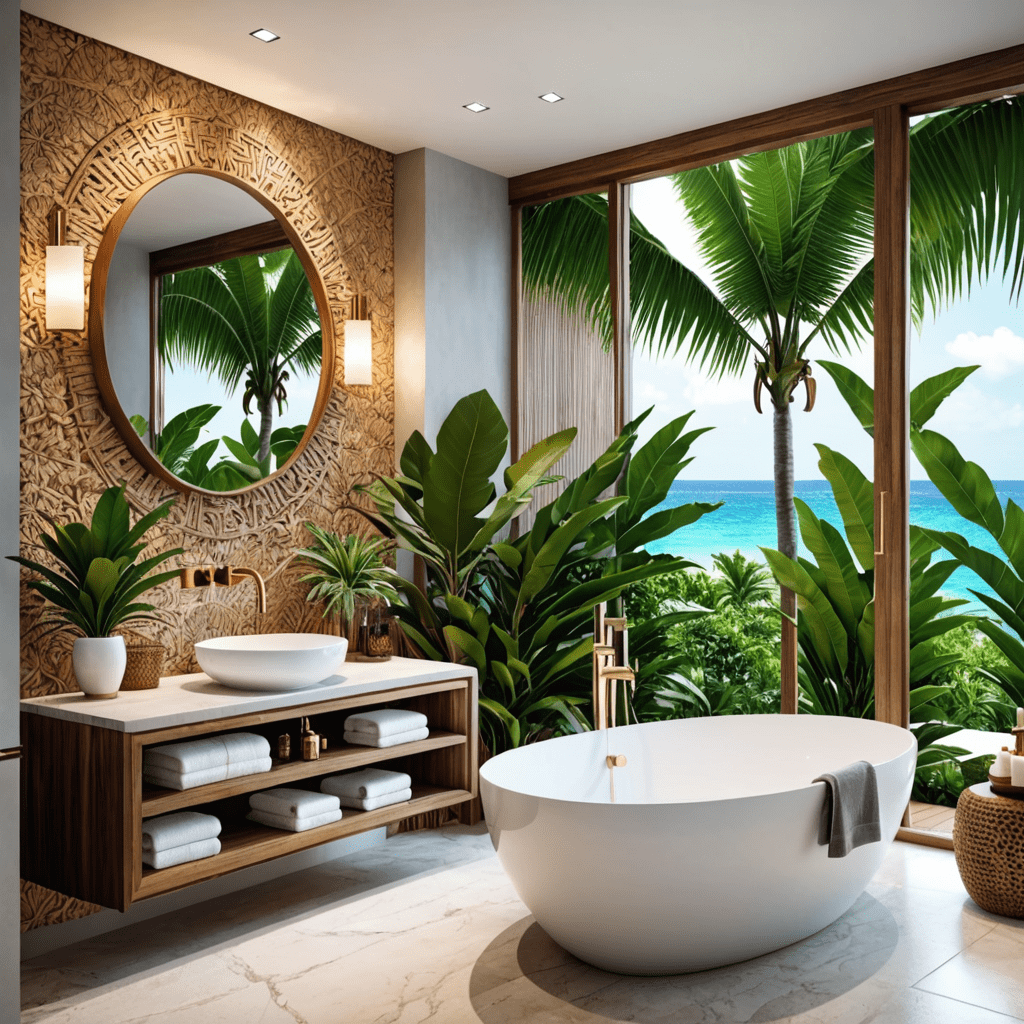The Difference Between Interior Design and Interior Architecture: Unveiling the Art of Spaces
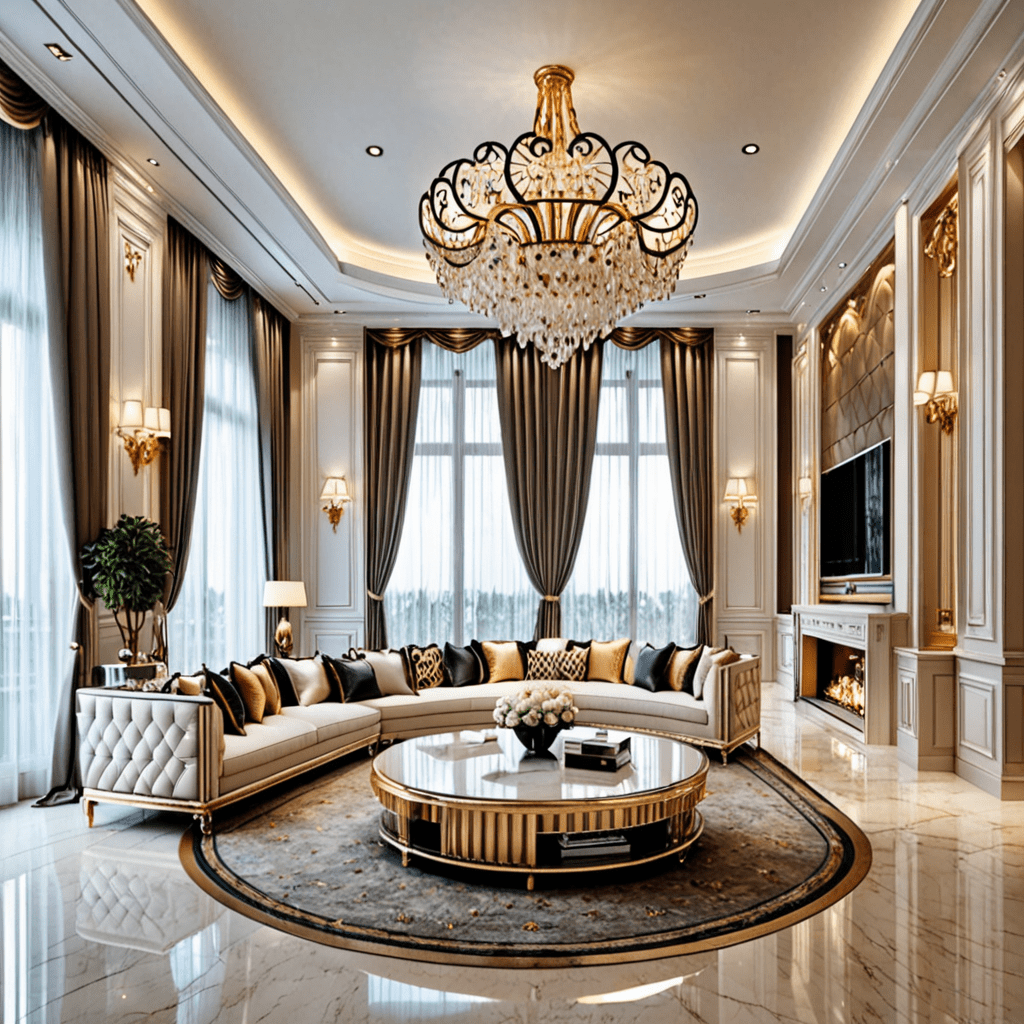

The Difference Between Interior Design and Interior Architecture
Creating a beautiful and functional living space requires a deep understanding of the art and science of design. Two fields that play a crucial role in shaping the aesthetic and functionality of interiors are interior design and interior architecture. While the terms may be used interchangeably, they encompass distinct disciplines that work collaboratively to transform spaces into works of art. In this article, we will explore the differences between interior design and interior architecture, shedding light on their unique roles and contributions.
Interior Design: Elevating Aesthetics and Harmony
Interior design focuses on enhancing the visual appeal, ambiance, and overall aesthetics of a space. It involves the artistic selection and arrangement of furniture, colors, textures, and decorative elements to create an inviting and pleasing environment. Interior designers possess a keen eye for detail, understanding how to manipulate the elements within a room to evoke specific moods and emotions.
Key Functions of an Interior Designer
A skilled interior designer executes a range of functions to transform a space into a cohesive and visually appealing composition:
- Creative concept development
- Space planning and layout design
- Selection of furniture, lighting, and decorative elements
- Color palette creation and coordination
- Textile and material selection
- Creation of mood boards and sample presentations
- Collaboration with clients and other professionals
The Artistry of Interior Design
Interior design is a fluid and artistic field, where designers infuse their unique creative flair into their projects. They meticulously consider every element, ensuring that each piece is harmoniously integrated to achieve a cohesive and visually captivating composition. A well-executed interior design project can transform a space into a sanctuary that reflects the personality and taste of the occupants.
Interior Architecture: Blending Form and Function
Interior architecture, on the other hand, focuses on the structural and technical aspects of interior spaces. It involves the design and execution of spatial layouts, considering factors such as building codes, safety regulations, and functionality. Interior architects often collaborate with architects, engineers, and contractors to ensure that the space is not only aesthetically pleasing but also structurally sound and efficient in its use of space.
Key Functions of an Interior Architect
Interior architects play a vital role in shaping the functionality and utilization of a space. Some of their key responsibilities include:
- Structural assessment and modification
- Space planning and layout optimization
- Integration of building systems (HVAC, plumbing, etc.)
- Technical documentation and construction drawings
- Compliance with building codes and regulations
- Coordination with contractors and construction teams
Frequently Asked Questions
Q: Can an interior designer also be an interior architect?
A: Yes, it is possible for professionals to have expertise in both fields. Many designers and architects choose to specialize in one area or become proficient in both, offering clients a comprehensive approach to transforming their spaces.
Q: How do interior designers and interior architects collaborate?
A: Collaboration between interior designers and interior architects is crucial for achieving successful design outcomes. They work hand in hand, combining their respective skills to create spaces that are visually stunning, functional, and safe.
Q: Which field should I hire for my project?
A: The choice between an interior designer and an interior architect would depend on the nature and scope of your project. If you are primarily concerned with aesthetics and creating a visually pleasing environment, an interior designer would be ideal. However, if you need structural modifications or require a space to be more functional, an interior architect may be the better choice.
